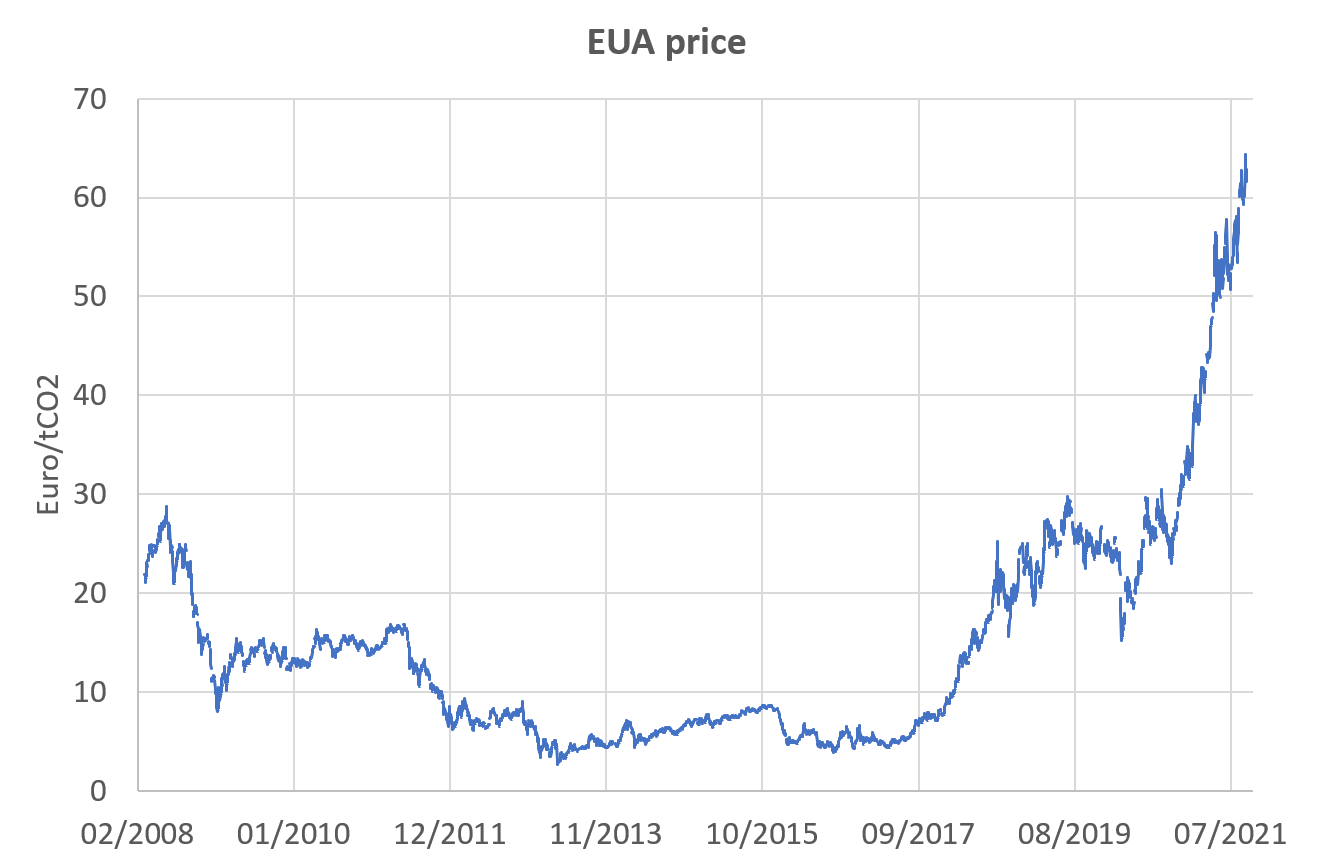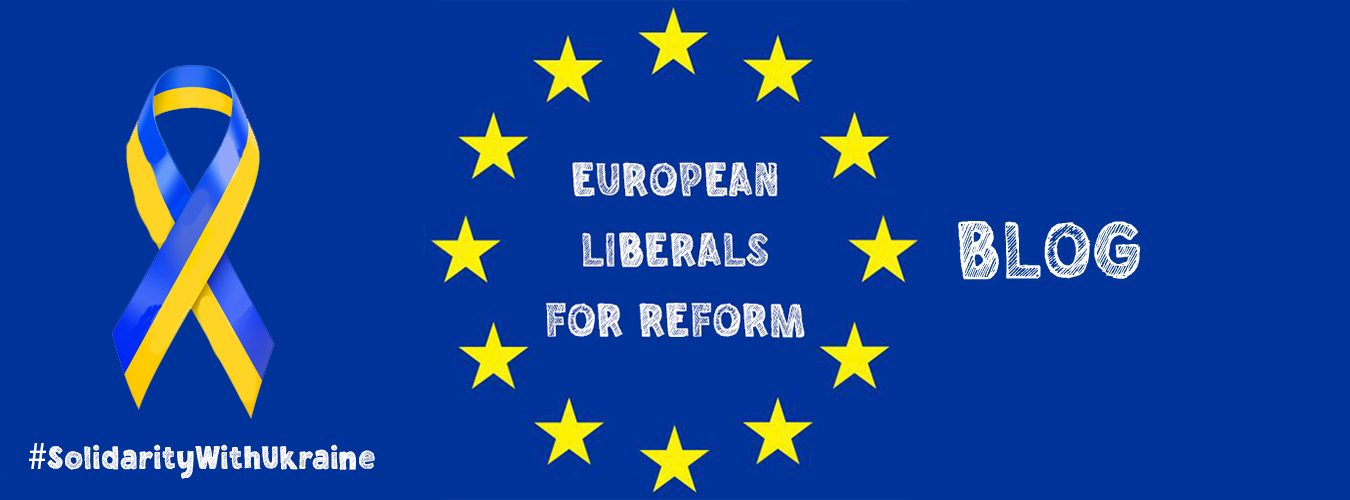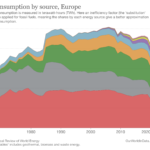Reprinted with permission from https://www.goodmorningeurope.org/p/on-the-right-track-how-the-eu-is

From a fundamental point of view, slowing down climate change is a simple matter.
We have to cut down on CO2 emissions.
And what is the best way to reduce these emissions? The answer is also simple: What was free for centuries must be priced and limited. Only those who have permission to emit CO2 are allowed to do so. And they must pay for the right to emit.
Such a regime achieves two goals:
1) CO2 emissions can be controlled and reduced over time.
2) Society is financially compensated for the pollution.
This well-functioning CO2 reduction system exists in the European Union. It is called EU ETS (EU Emissions Trading System), and it is considered a key tool to gradually decrease the burning of fossil fuels and encourage the deployment of renewable energy.
The ETS works on the principle of “cap-and-trade “. That means that an absolute limit (cap) is set on the total amount of greenhouse gases that can be emitted each year. This cap is reduced over time so that total emissions fall.
To transmit emissions, one has to buy emissions allowances, which are traded with one another as needed (see how the price is changing over time at the chart on top).
Since the EU ETS was introduced in 2005, those emissions covered by the EU ETS have been cut by 42.8 per cent.
With the ETS, reduction targets are not only achieved with pinpoint accuracy, it also does so at the lowest possible cost. The market-based system ensures that emission reductions occur where it is cheapest.
This is simply because someone who is able to cut emissions at a low cost has the most incentive to do so. He saves the difference between the costs of lowering the emissions and the price of the emission certificates (he otherwise had to buy). So the lower the costs of reducing CO2 emissions the higher the benefit if doing so.
The only problem with the ETS: it does not exist in all CO2-emitting areas. Currently, only power and heat generation and energy-intensive industrial installations are included. That accounts for only about 40 per cent of all CO-emitting areas.
Last week, the European Parliament wanted to close the gap by creating a new ETS that also targets the emissions from road traffic and buildings.
But the legislative initiative did not get a majority.
Although there is a majority in favour of expanding the ETS, the differences are in the details. Especially conservative members of the parliament feared that the new ETS would hit struggling households. So they decided to exempt private buildings and private transport until 2029. Socialists and Greens had pushed for higher climate goals.
In the end, the ETS proposal was surprisingly rejected by 340 votes against and 265 votes in favour, with 34 abstentions.
“It’s a bad day for the European Parliament,” said Pieter Liese, a lawmaker who acted as rapporteur of the ETS reform.
Maybe it’s not really bad. There will be a second chance. The proposal will go back to discussions at committee level before a new compromise is put forward to the whole chamber.
However, the legislation has not only to be approved by the European Parliament but also by the EU Council.
Therefore the negotiation process is expected to be fraught and intense. But the effort is worth it. The EU is on the right track with its trading system for CO2 emissions. It just has to move on.
sources:
https://ec.europa.eu/commission/presscorner/detail/en/qanda_21_3542
https://en.wikipedia.org/wiki/European_Union_Emissions_Trading_System
Author Profile

-
Founder of the "Good morning Europe blog" and Pixel economist
Guest author for European Liberals for Reform
Johannes' articles are originally written for the “Good morning Europe” blog (www.goodmorningeurope.org) and the Pixel economist (https://thepixeleconomist.substack.com).
We were given permission to publish his articles on the European Liberals for Reform blog.
Latest entries
Post Disclaimer
The opinions expressed by the author of this post do not necessarily represent the opinions and policies of ELfR.




